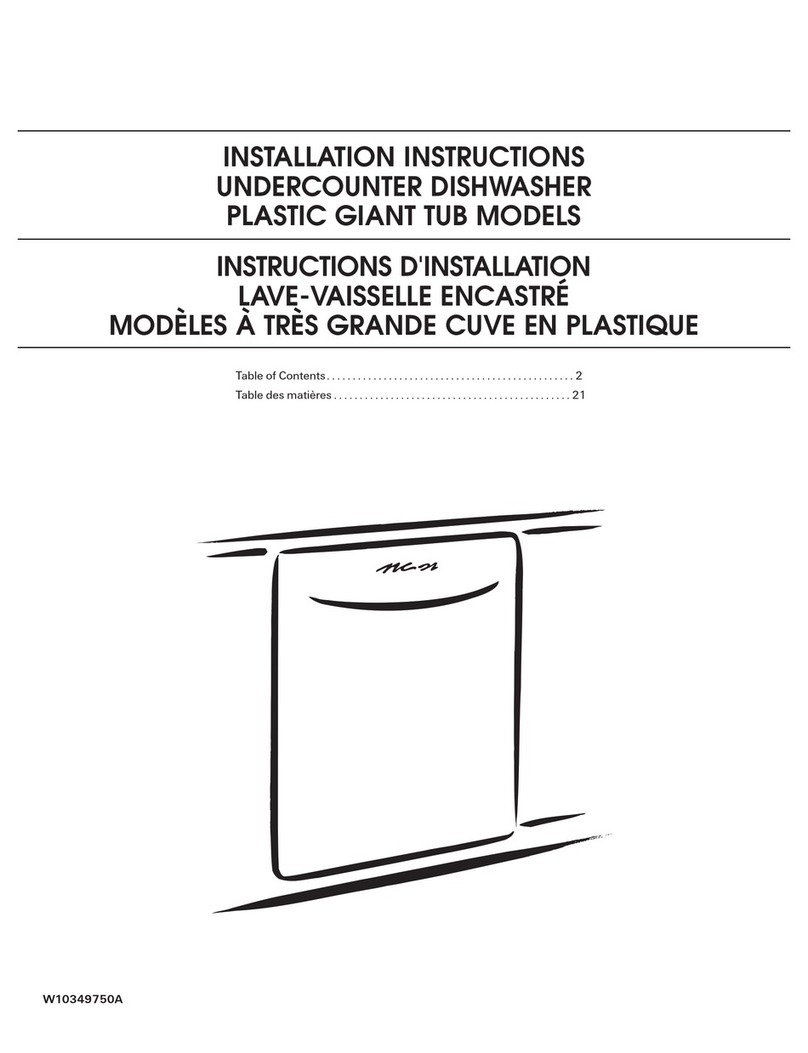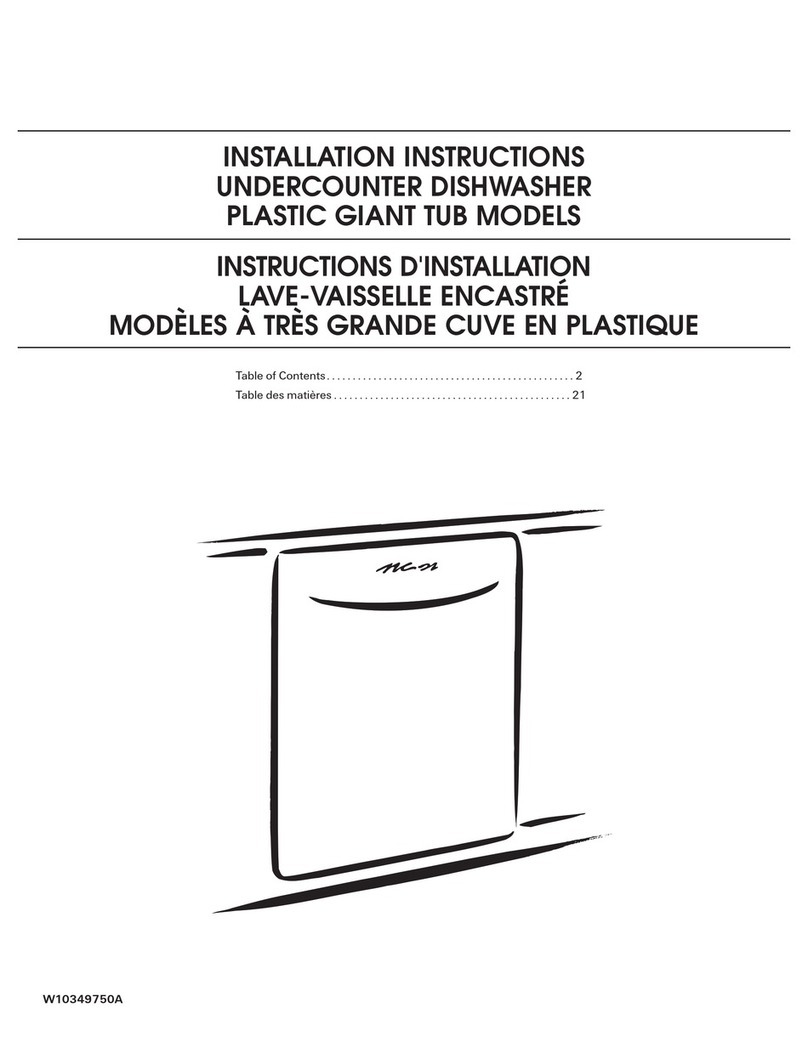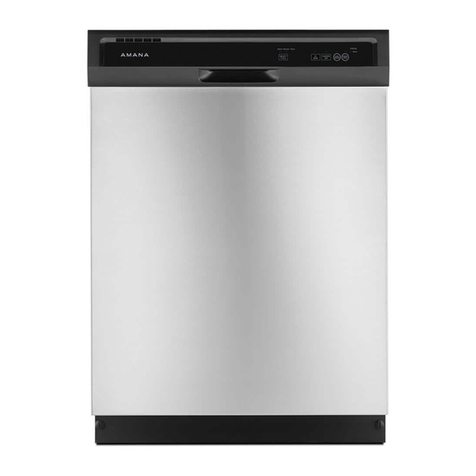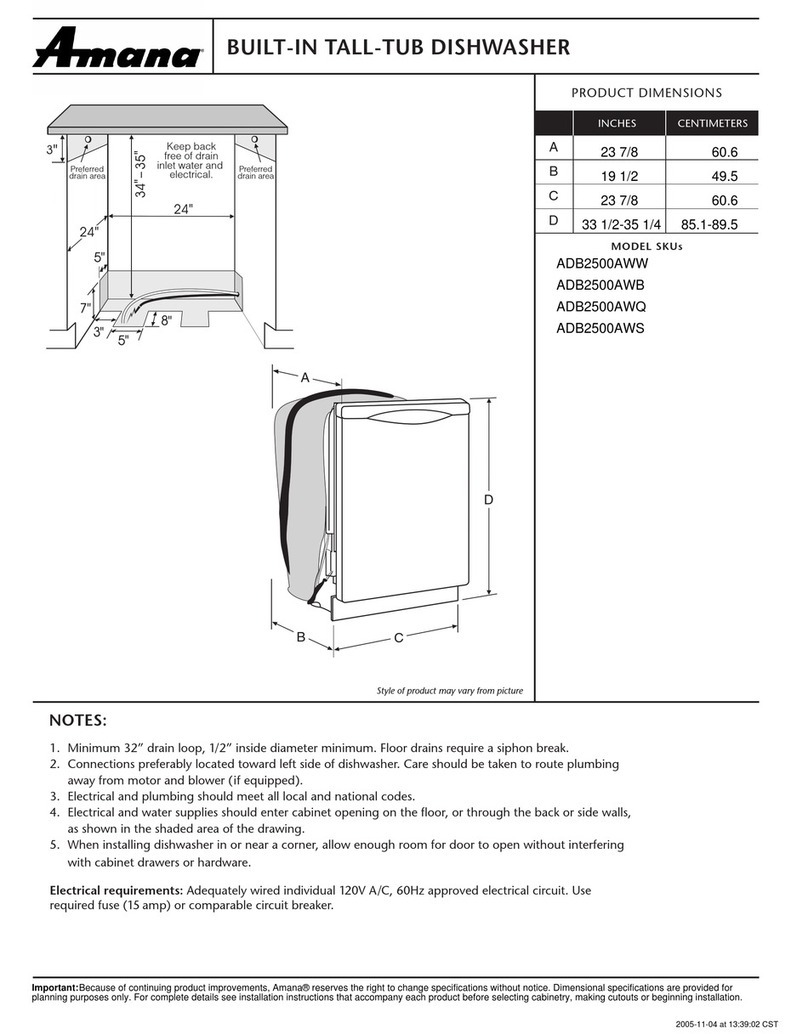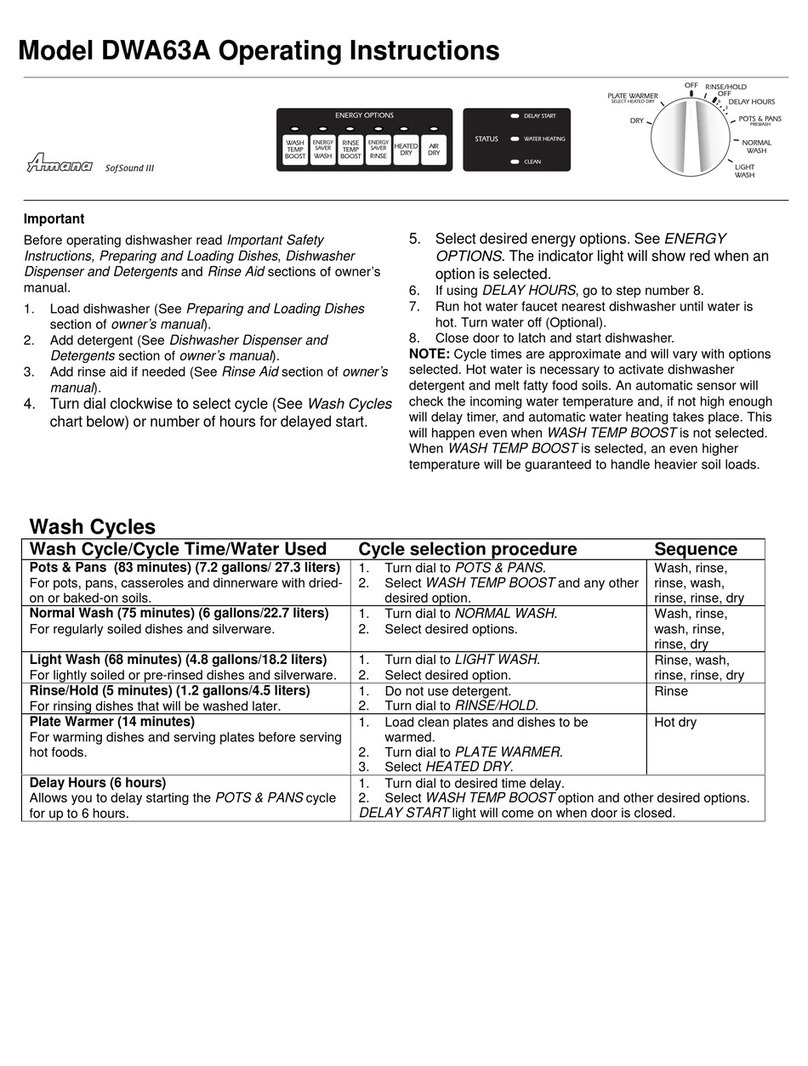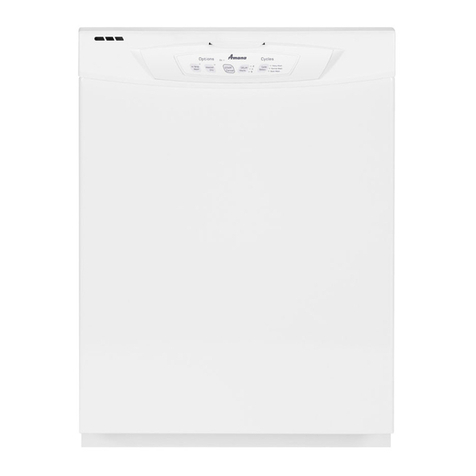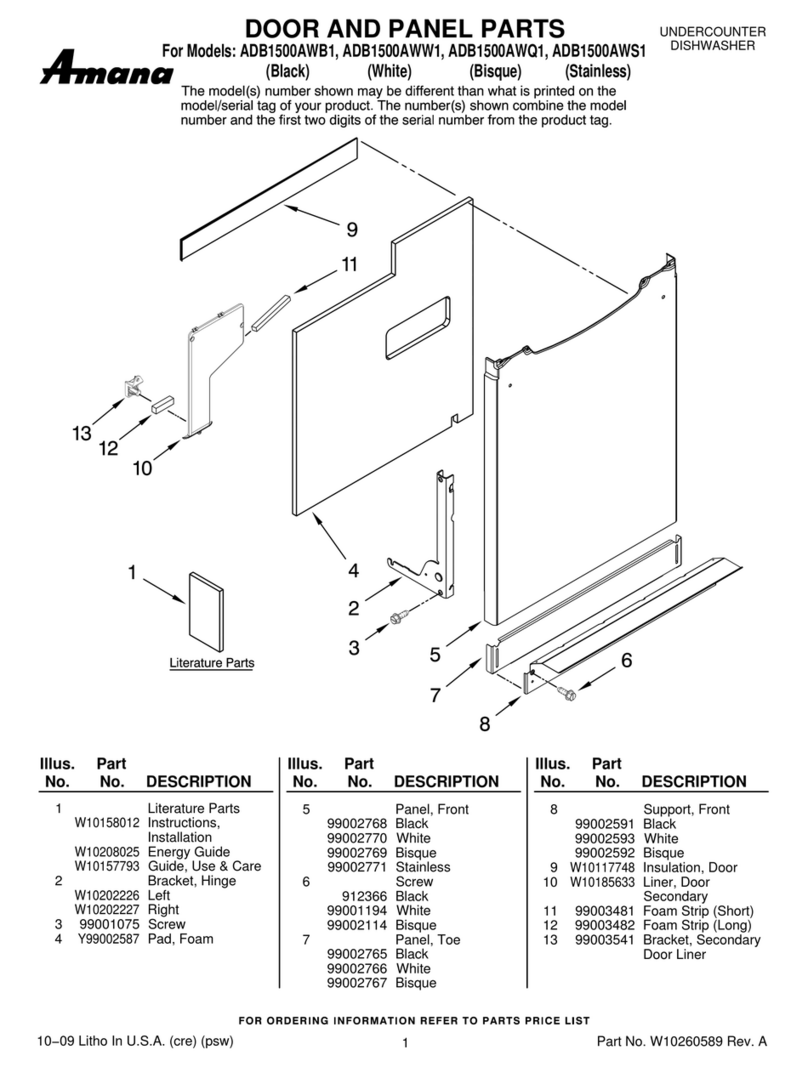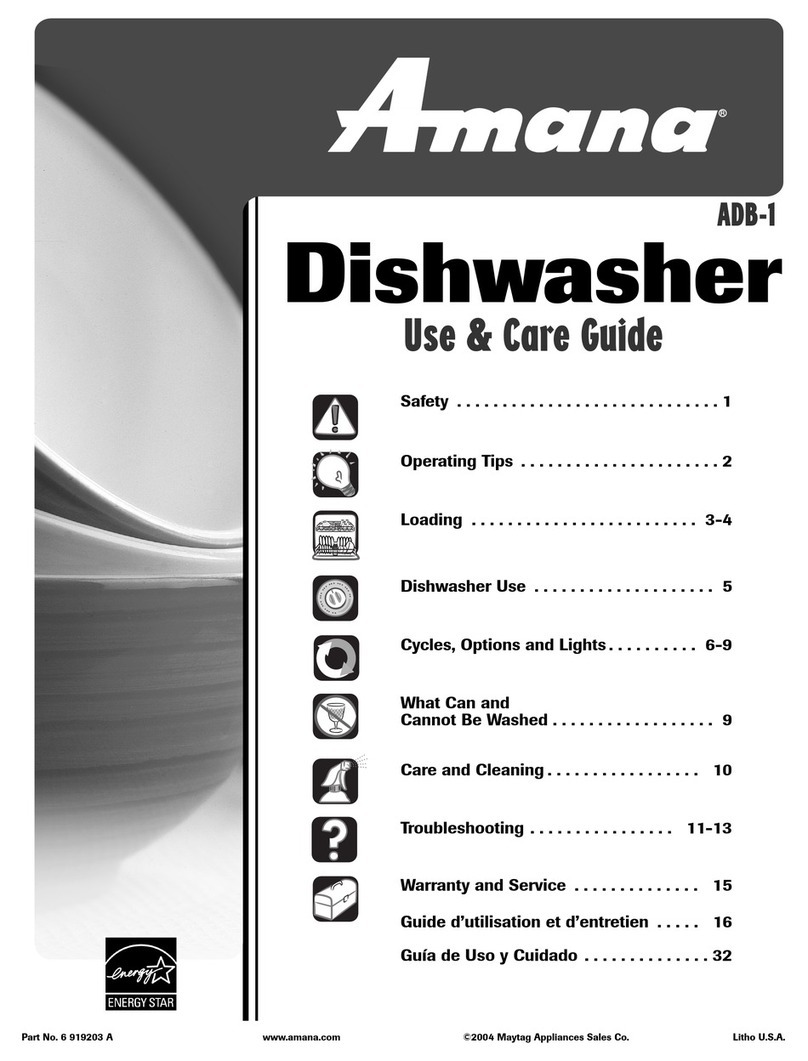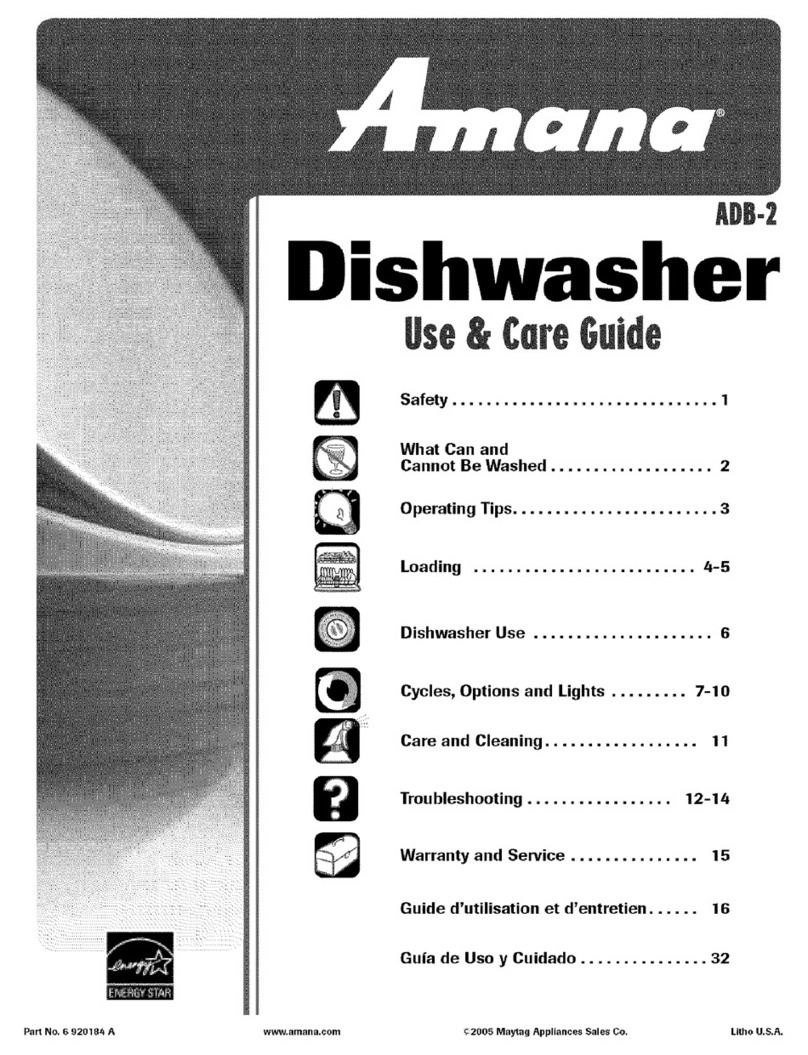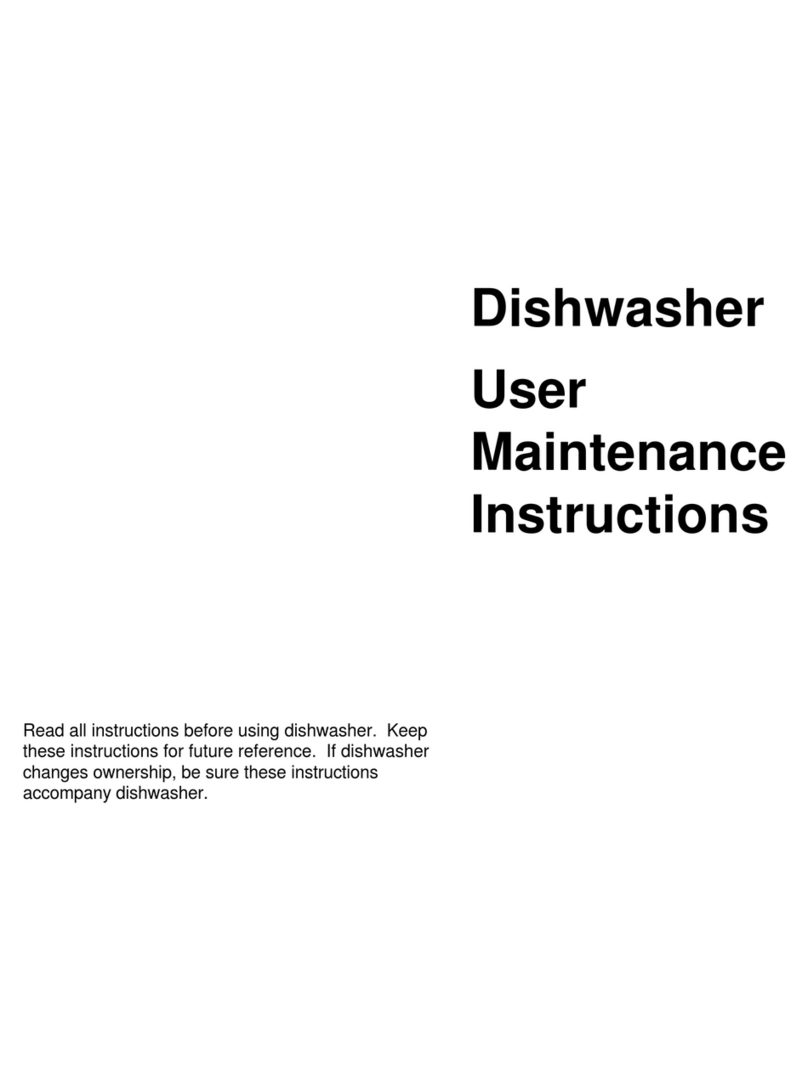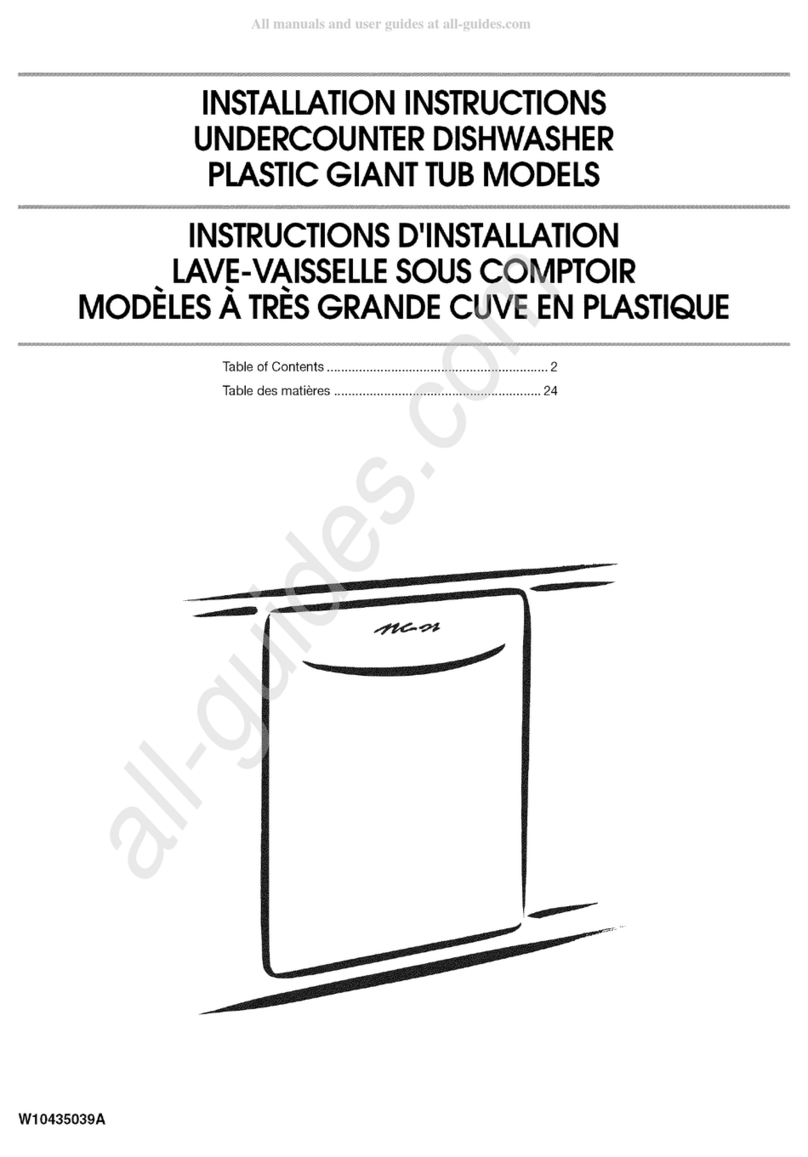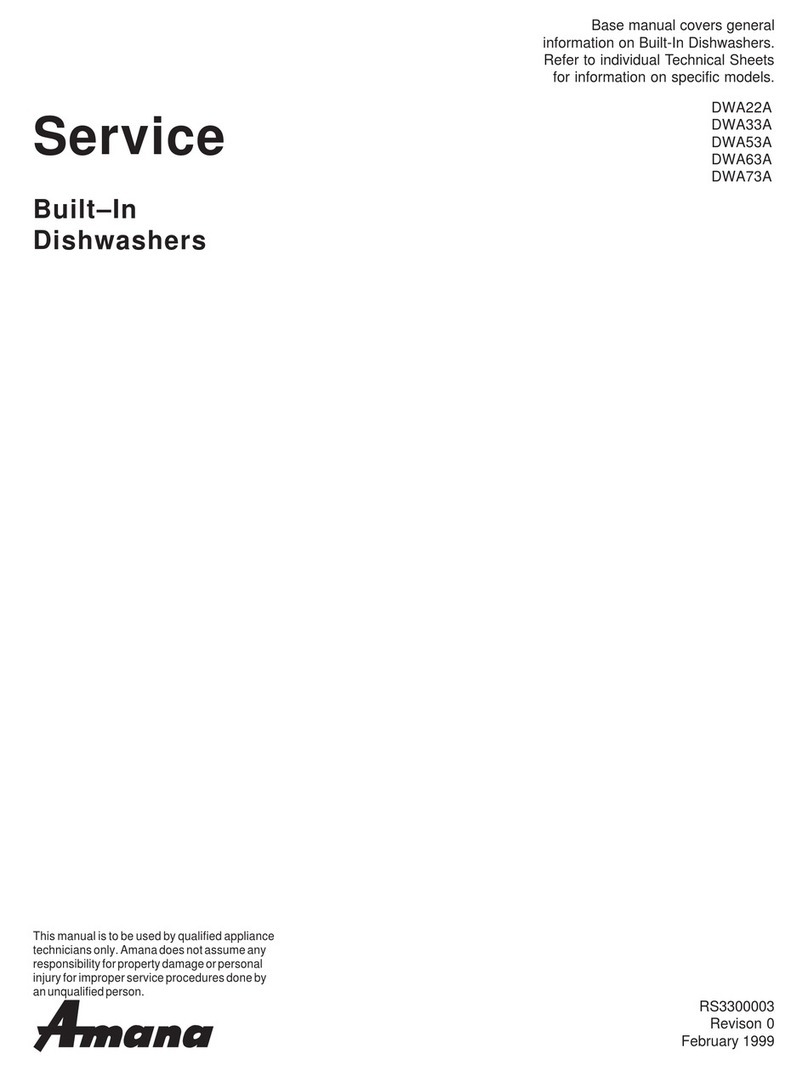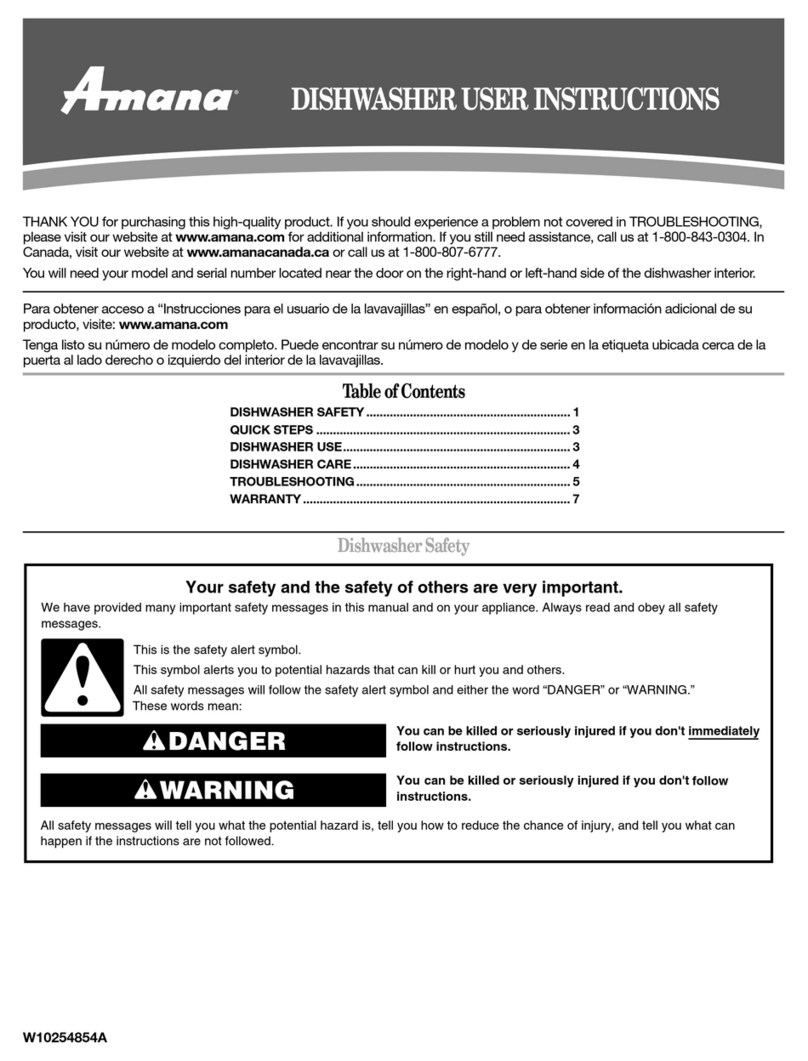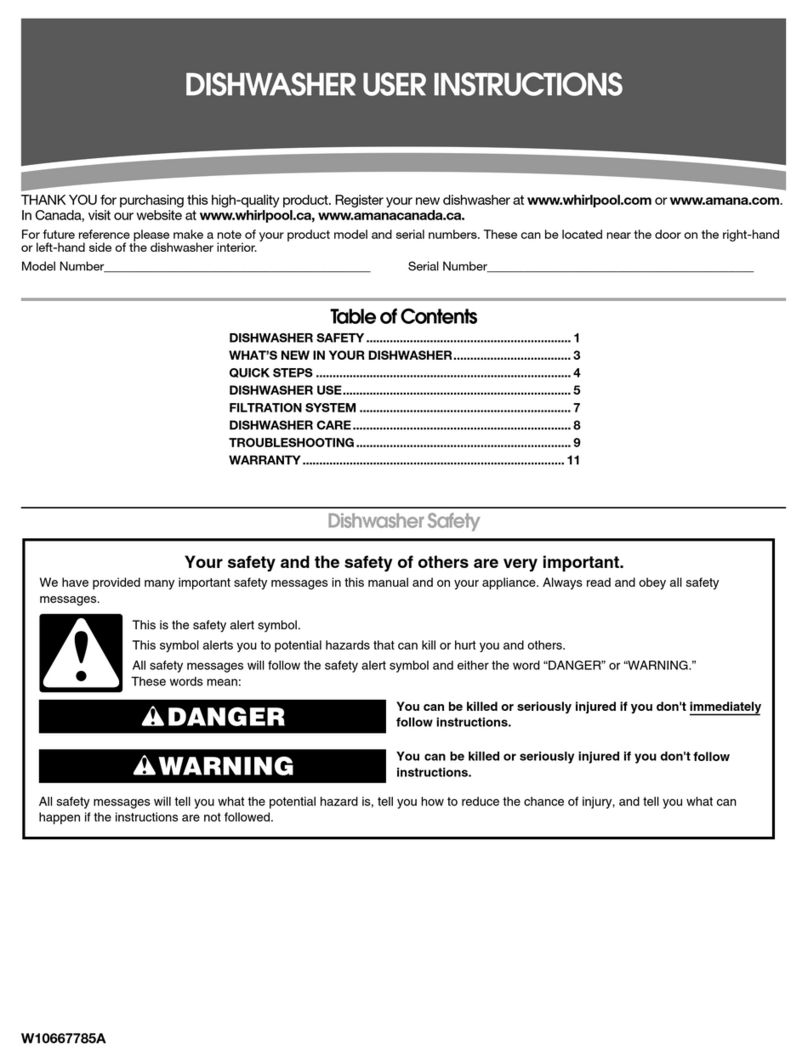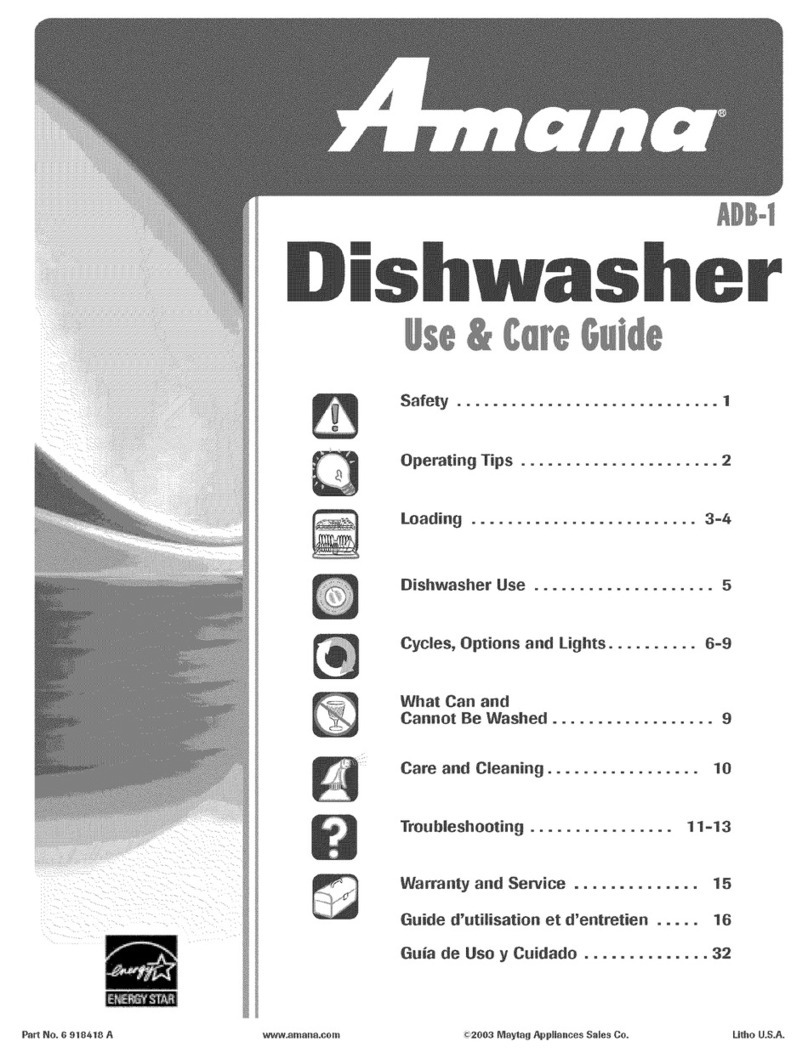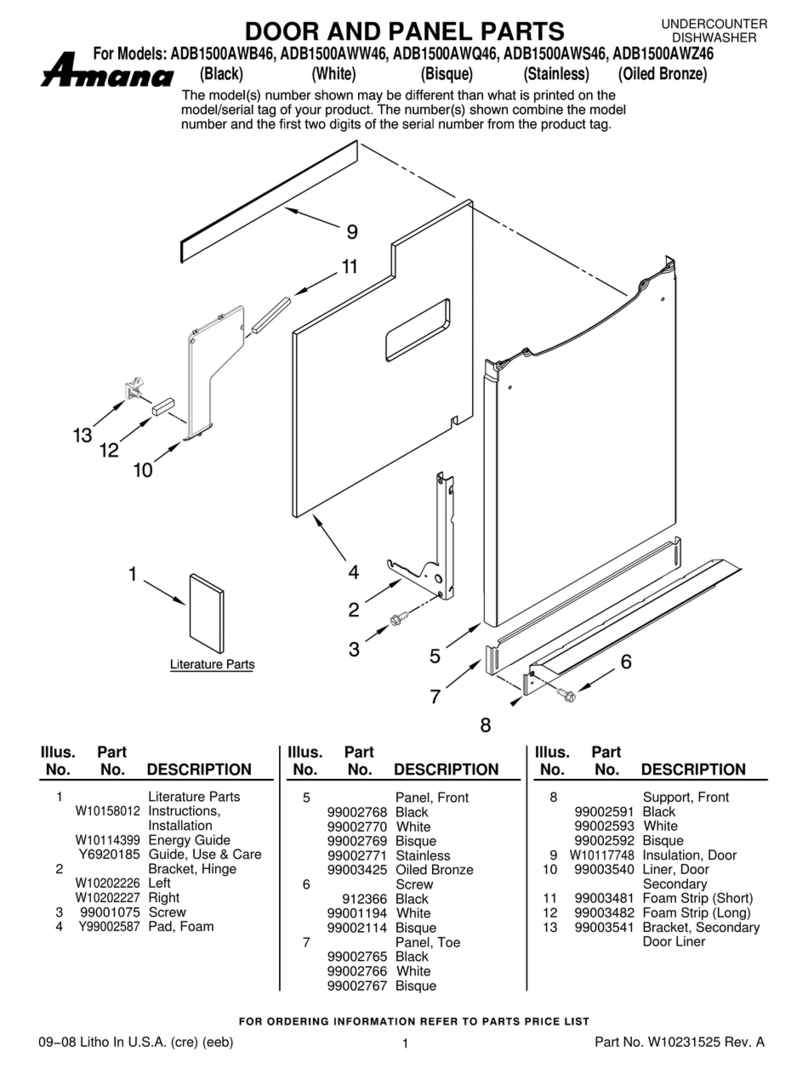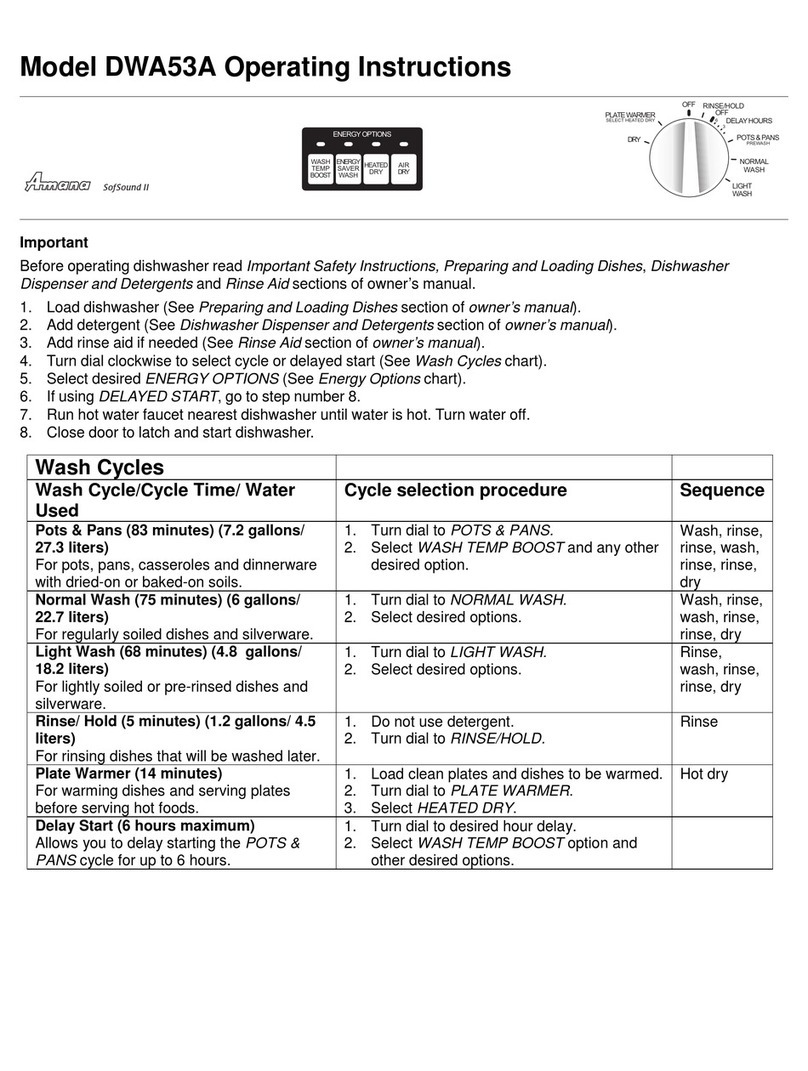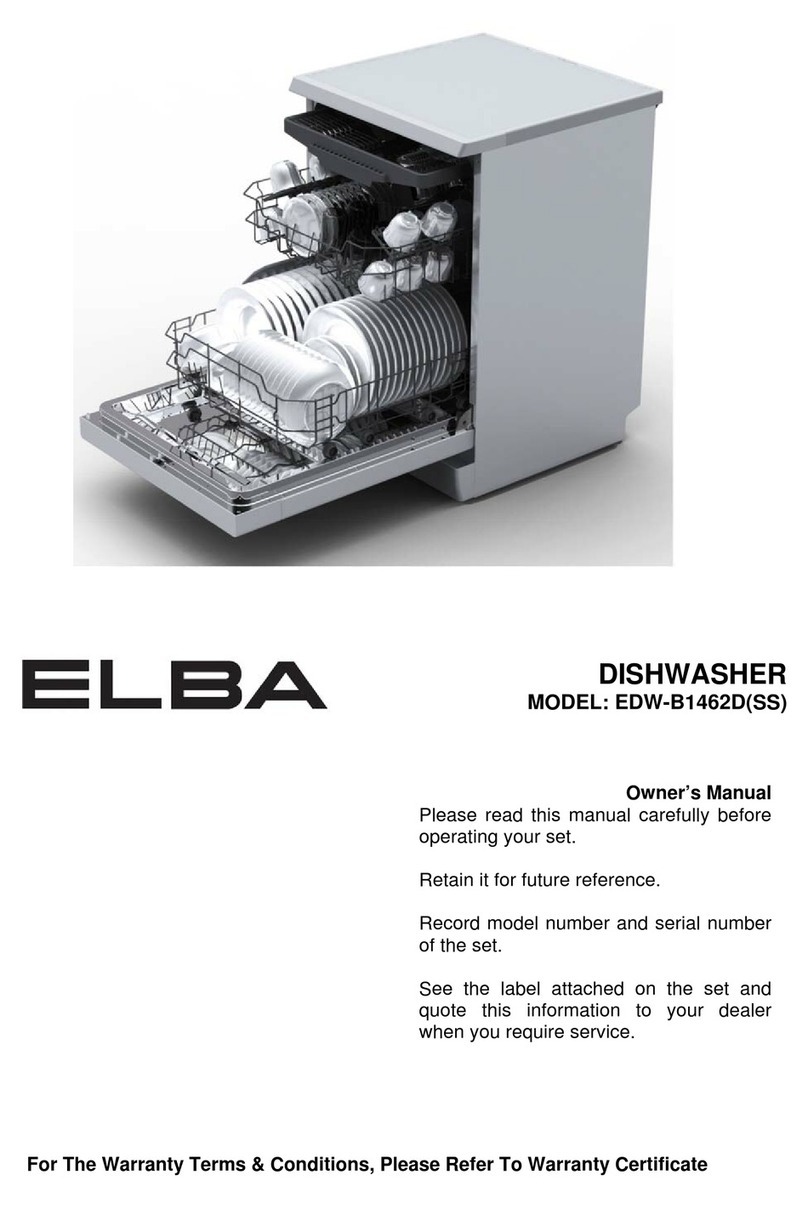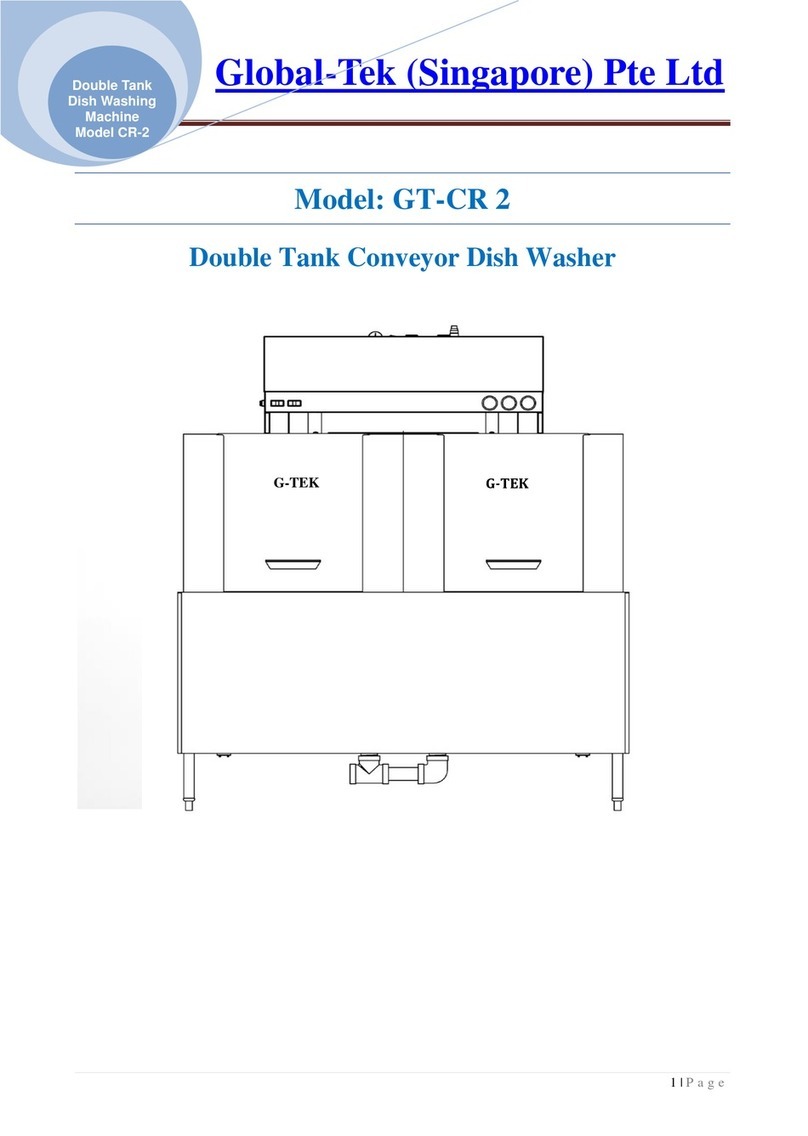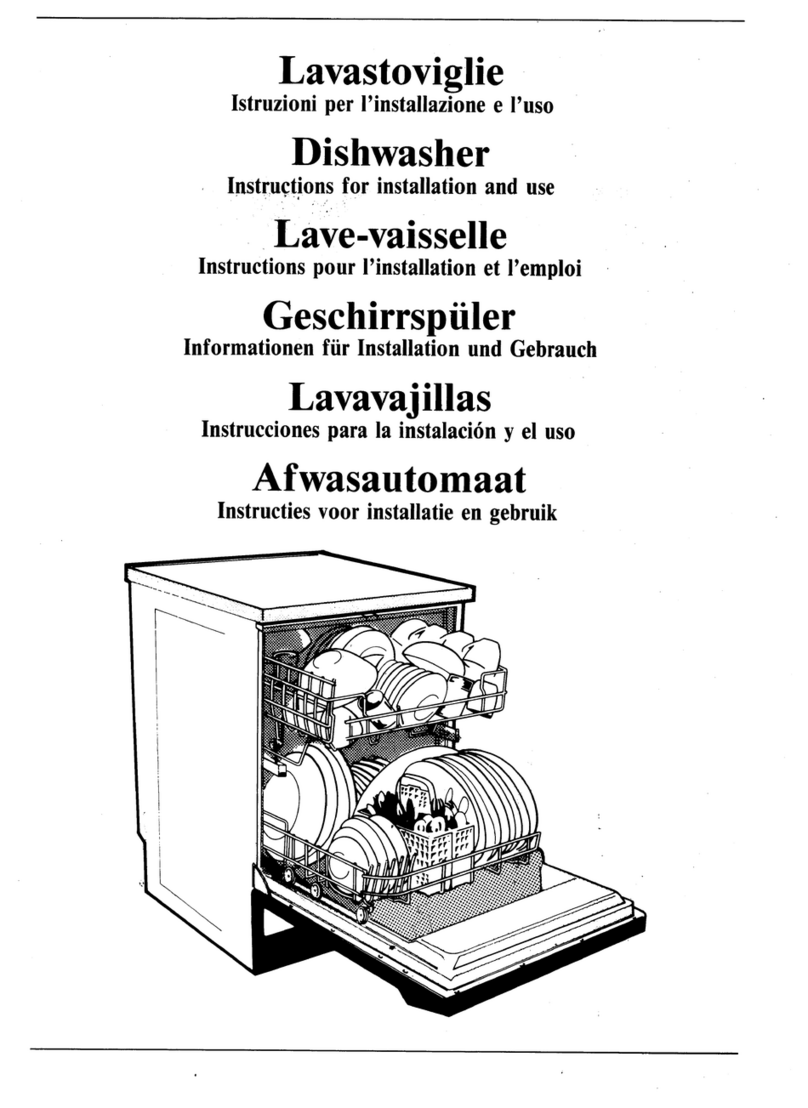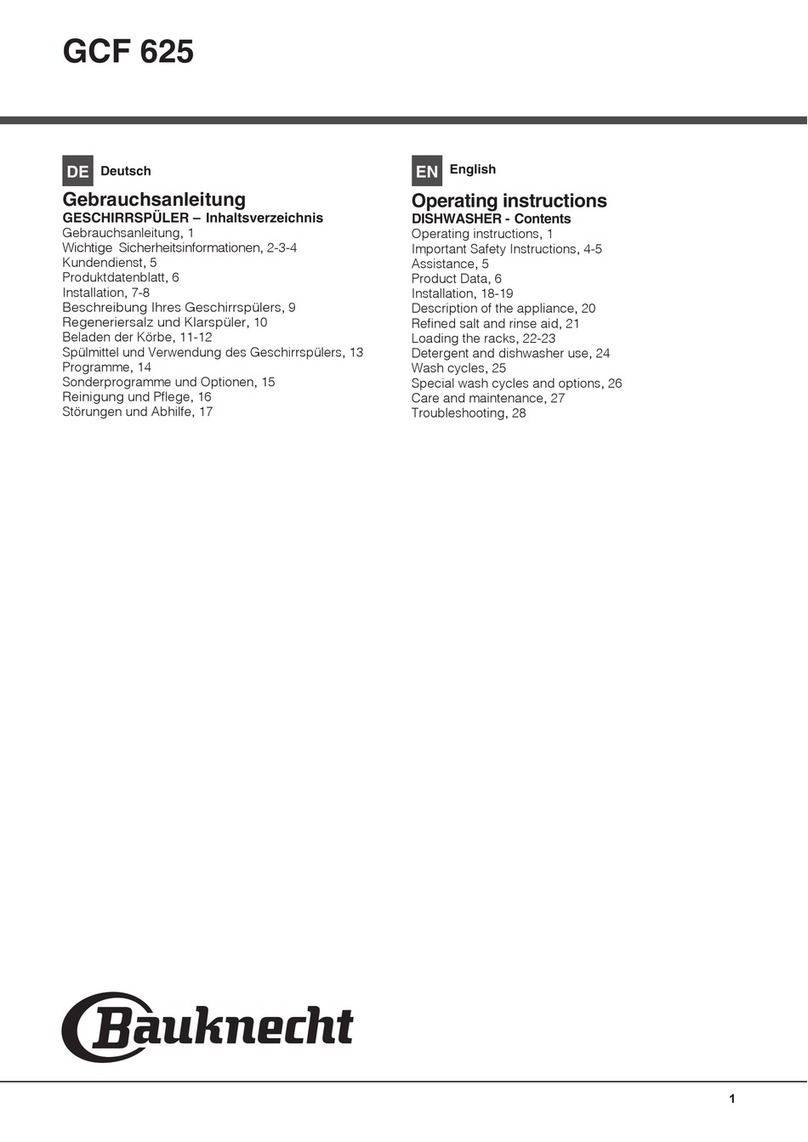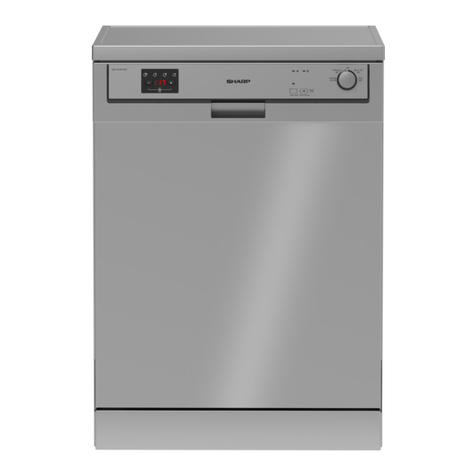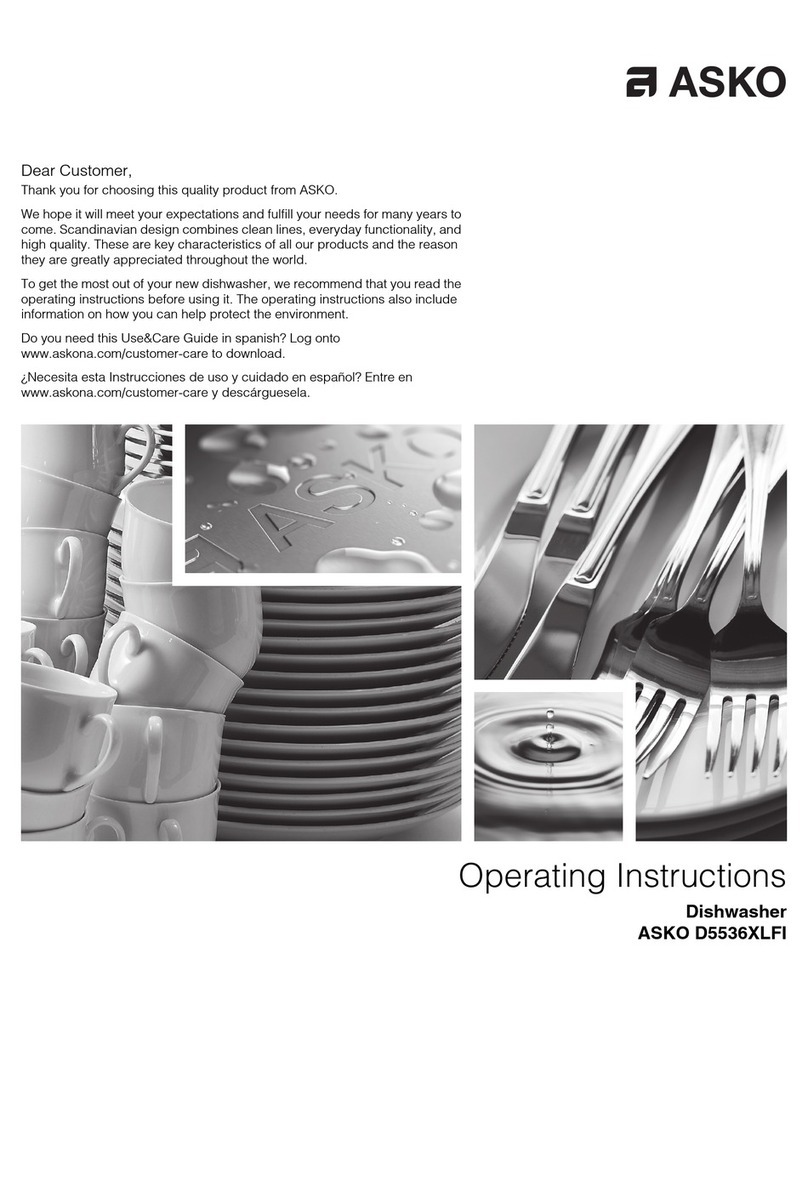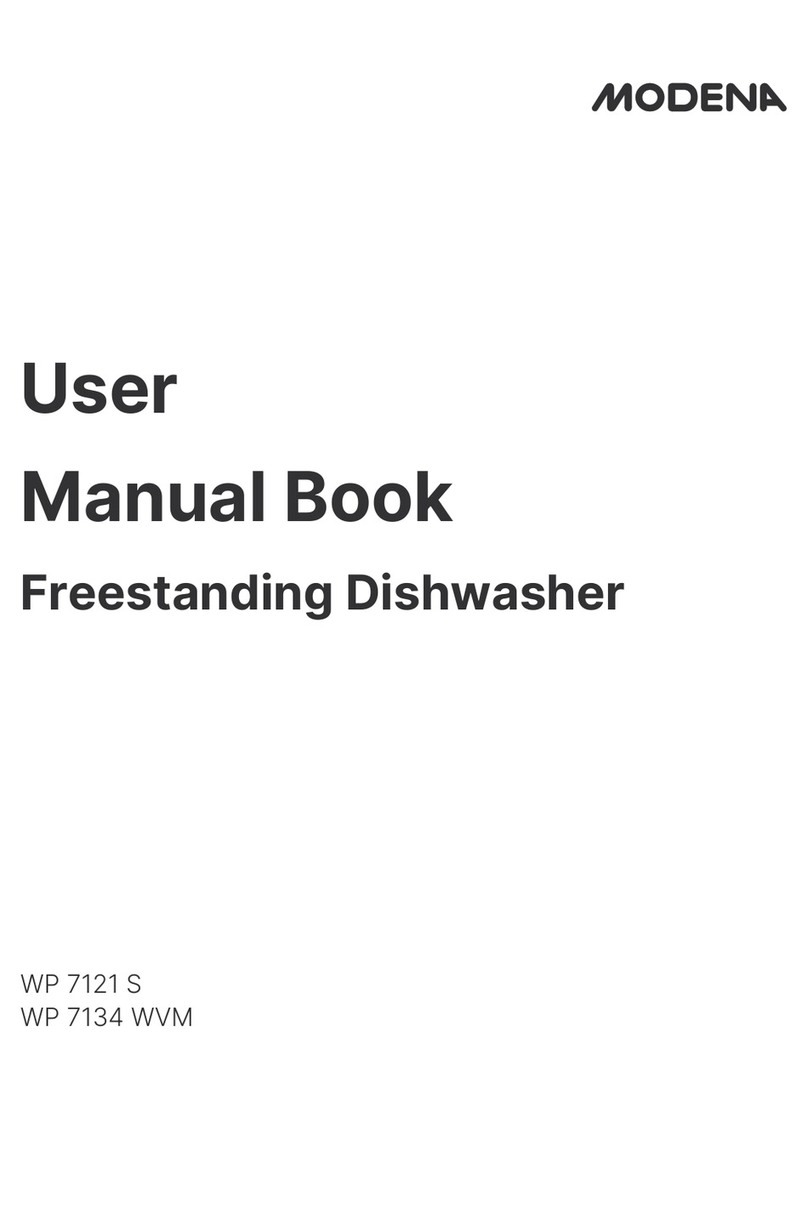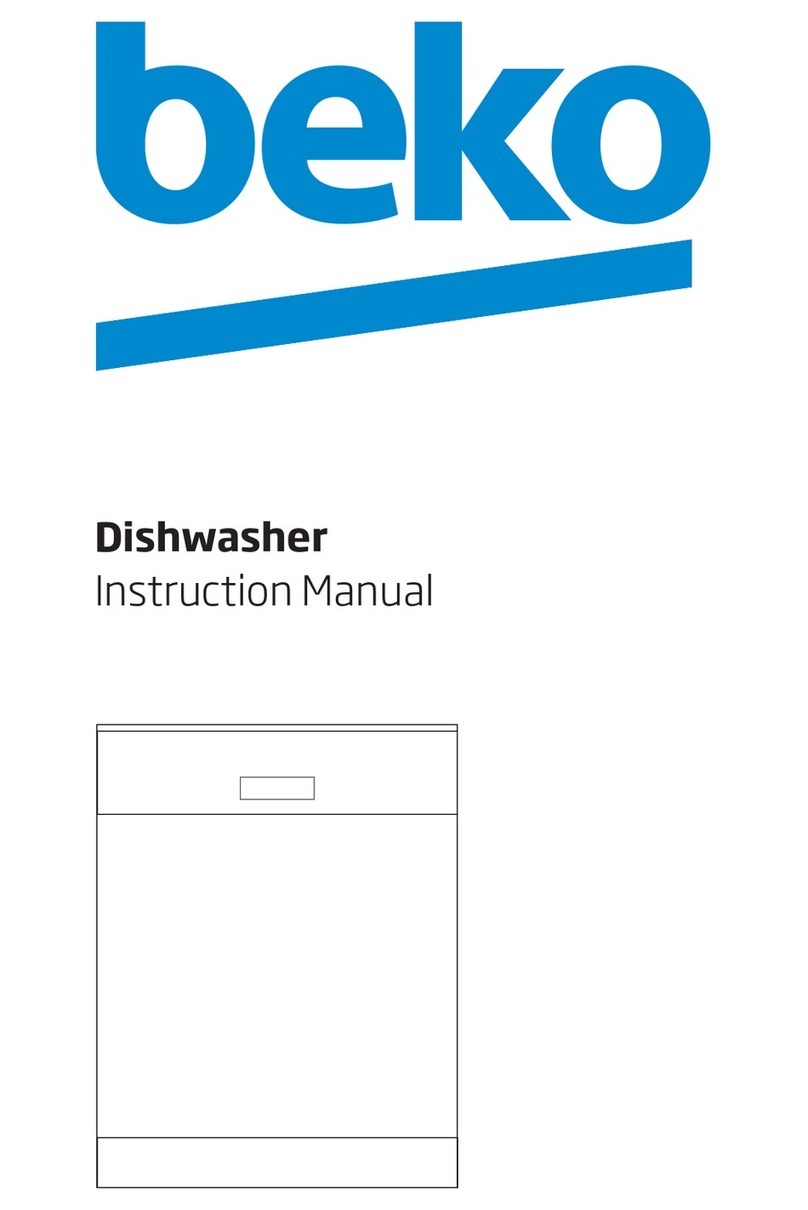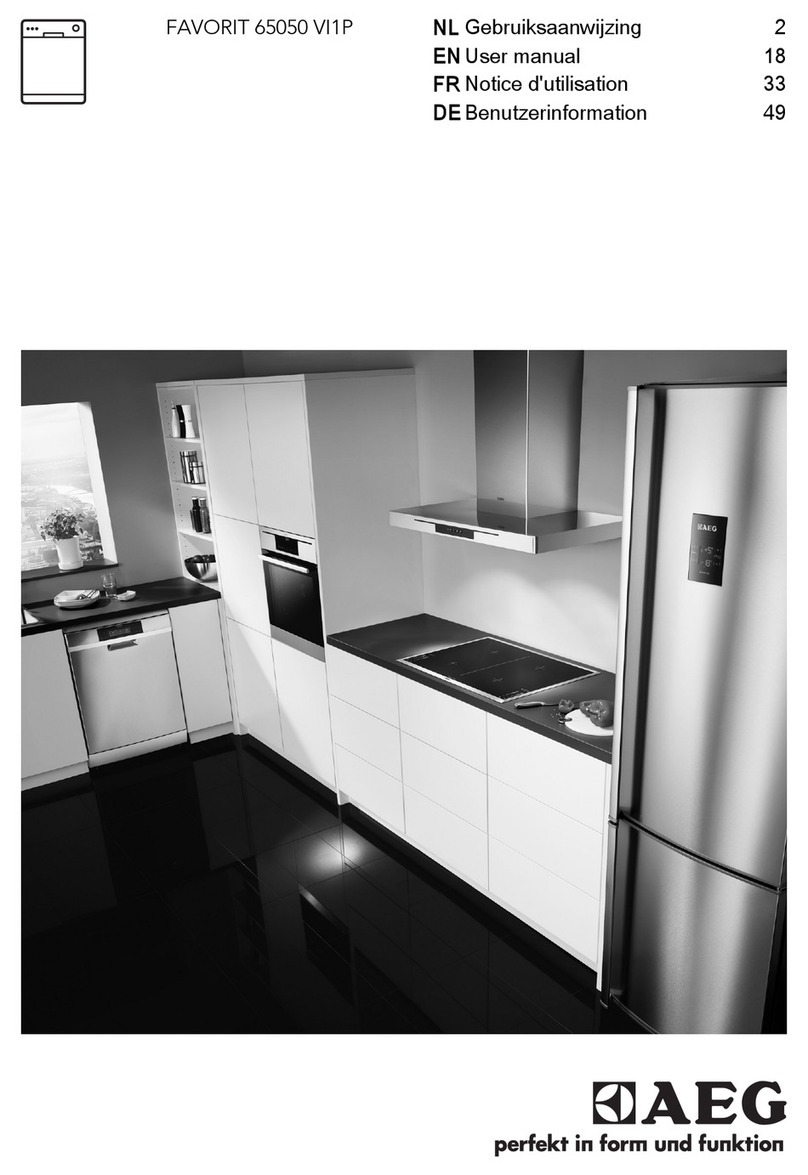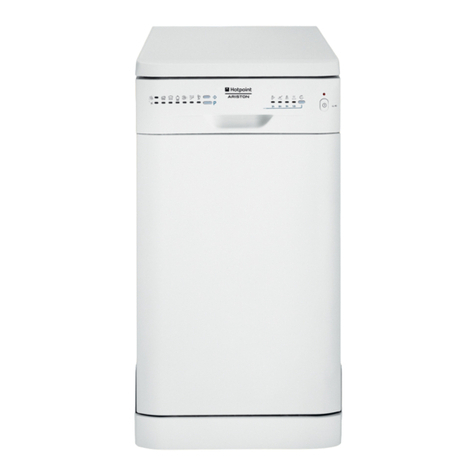
1
WARNING – Hazards or unsafe practices which COULD
result in severe personal injury or death.
WARNING
CAUTION – Hazards or unsafe practices which COULD
result in minor personal injury or property damage.
CAUTION
Installer: Please leave this manual with this appliance.
Consumer: Please read and keep this manual for future
reference. Keep sales receipt and/or cancelled check as
proof of purchase.
Model Number ____________________________________
Serial Number_____________________________________
Date of Purchase __________________________________
If you have questions, call:
1-800-688-9900 USA and 1-800-688-2002 CANADA
1-800-688-2080 (U.S. TTY for hearing or speech
impaired) (Mon.-Fri., 8 am-8 pm Eastern Time)
In our continuing effort to improve the quality and perfor-
mance of our appliances, it may be necessary to make
changes to the appliance without revising this guide.
For service information, see page 11.
What You Need to Know About
Safety Instructions
Warning and Important Safety Instructions appearing in this
manual are not meant to cover all possible conditions and
situations that may occur. Common sense, caution and care
must be exercised when installing, maintaining or operating
the dishwasher.
Always contact your manufacturer about problems or
conditions you do not understand.
Recognize Safety Symbols, Words, Labels
Check with the installer to make sure the appliance
has been properly grounded to avoid possible
electrical shock. Be sure you read the important
personal safety instructions before you use this
dishwasher.
WARNING
Important Safety Instructions
Safety
1. Read all instructions before using the dishwasher.
2. Use the dishwasher only for its intended function.
3. Disconnect electrical power to dishwasher before
attempting to service.
4. To avoid electrical shock hazard, the sides and back
must be enclosed and the front panels must be
attached before electrical power is applied to the
dishwasher. Refer to the installation instructions for
proper grounding procedures.
5. Connect to a properly rated, protected and sized
power supply circuit to avoid electrical overload.
6. Children should never be permitted to operate, or play
in, with, or around this dishwasher.
7. To reduce the risk of injury when loading items to be
washed, sharp or pointed items should be located with
the handles up. Also, load sharp items so they are not
likely to damage the door seal.
8. Do not touch the heating element on the bottom of
the tub during or at the completion of a cycle. It will
be hot.
9. Use only detergents and rinse additives designed for a
residential automatic dishwasher. Never use soap,
laundry detergent, or hand washing detergent in your
dishwasher. Keep these products out of reach of
children.
10. Do not sit, stand on or abuse the door or dish racks of
the dishwasher.
11. Under certain conditions, hydrogen gas may be
produced in a hot water system that has not been
used for two weeks or more. Hydrogen gas is
explosive. If the hot water system has not been used
for such a period, turn on all hot water faucets and let
the water flow from each for several minutes. This will
release any accumulated hydrogen gas. As the gas is
flammable, do not smoke or use an open flame during
this process.
12. Do not wash plastic items unless marked “dishwasher
safe” or the equivalent. For plastic items not so
marked, check the manufacturer’s recommendations.
13. Do not tamper with controls.
14. To prevent accidental child entrapment and
suffocation risks, always remove the door to the
washing compartment when removing an old
dishwasher from service or discarding it.
15. Use caution when unloading the dishwasher. Dishes
will be hot if unloaded shortly after a cycle has
completed.
16. Certified residential dishwashers are not intended for
licensed food establishments.
17. To avoid water, mold or mildew damage to your home,
inlet and drain hose connections should be checked
periodically for leaks.
Save These Instructions
for Future Reference
When using your dishwasher, follow basic
precautions, including the following:
WARNING
Products with a label have been listed with
Underwriter’s Laboratories, Inc. – those with a CSA tag have
been listed with Canadian Standards Association.
Nevertheless, as with any other equipment using electricity
and moving parts, there is a potential hazard.
